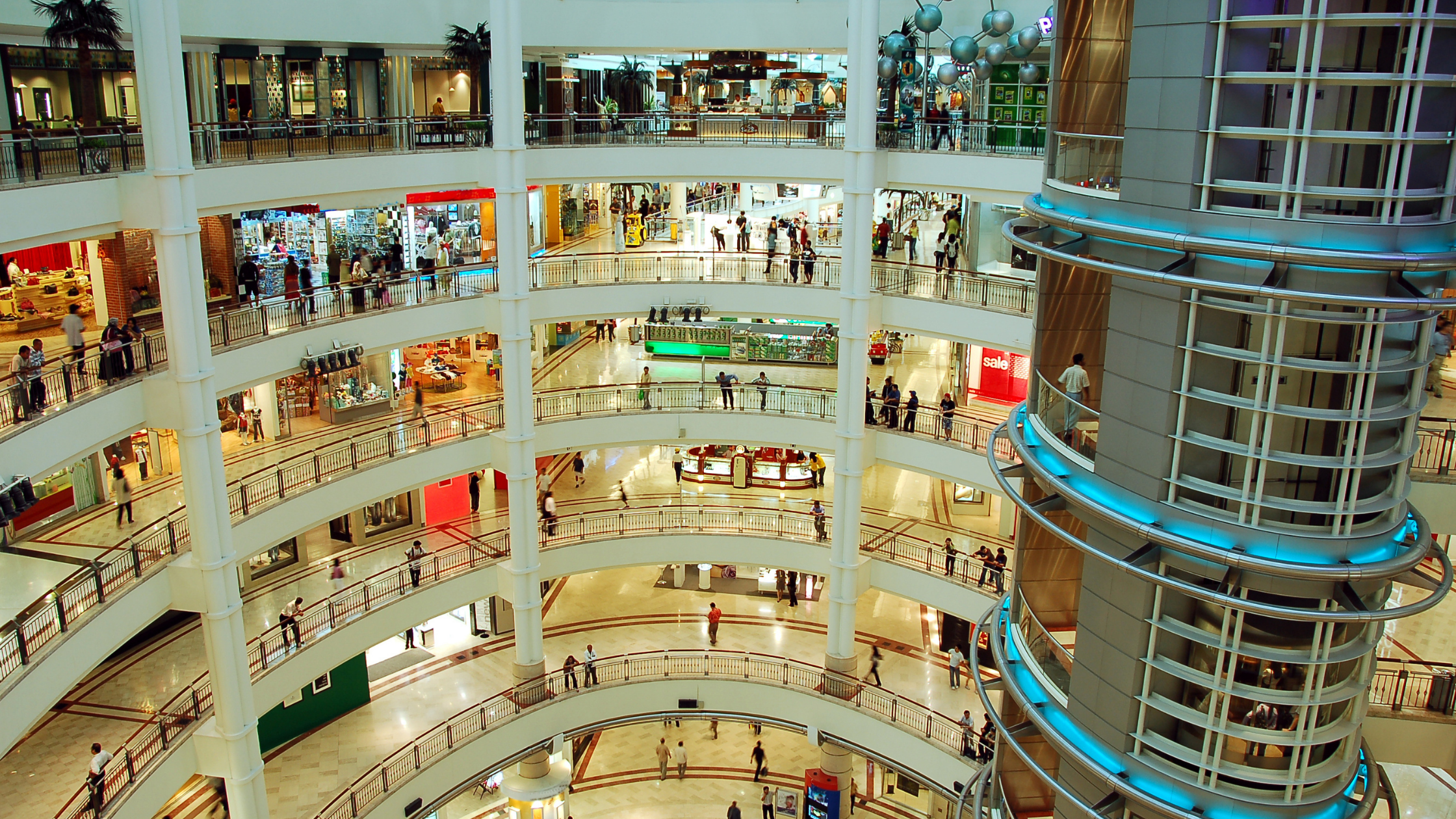Many buildings, especially older buildings built before the 1970s, were not built to be energy-efficient. If you’re building is using a lot of energy, what can you do to reduce your building’s energy consumption and improve its energy efficiency?
When it comes to reducing your energy consumption or making your building more “energy-efficient”, the main goals are to:
- Save money
- Reduce energy waste
- Help the environment
In this article, I will discuss 6 ways that you can reduce your building energy consumption and therefore, make your building more energy-efficient:
1. Update your building’s insulation
It costs a lot of money to cool or heat a building. It costs, even more, when your building is poorly insulated and does a poor job at keeping your building cool or hot. That is why your building’s insulation and your energy consumption are very closely connected. This is specifically true of older buildings.
According to energystar.gov, thoroughly insulating floors, walls, and ceilings can help save up to 10 percent on the total annual energy costs of a building.

By installing modern and better insulation, you will find that it will cost a lot less to cool or heat your building.
Another factor is making sure that all possible places that airflow can come in and out of the building are properly sealed. Doors, windows, and vents. If a building is not sealed properly, it will not only cost you a lot more to cool or heat it but it will overwork your HVAC systems, causing them to break down or need more frequent repair.
2. Use energy-efficient lighting
After HVAC, lights are the second-largest energy consumer in your building. Just consider how many lights are needed to illuminate your building, and how long they are turned on every single day.
Switching to LED lights, or more energy-efficient lighting can save you up to 75 percent on lighting costs. Not to mentioned modern LED lights last 20 times longer than conventional light bulbs.
You may also find this article interesting: The Advantages of LED Lighting
3. Use energy-efficient cooling/heating equipment
While sealing and insulating a building will help you reduce energy costs, your HVAC system itself may be old and not built with energy efficiency in mind. This applies to any HVAC system that is more than 10 years old.
Over the years, HVAC equipment has become more and more energy-efficient, and switching to new equipment can save you a lot of money in the long run.
Now, what if you own a large building with many HVAC systems and the cost of replacing them is extreme? Well, a few companies exist that will conduct a full restoration and update of your HVAC system, bringing it back to like-new condition, reducing its energy consumption, and saving you the need to replace it.
4. Considering the design and facade of your building
A building’s design and facade can also have a lot to do with energy consumption. Let’s say a glass building faces the sun, during the summer this may make it very hard for your HVAC system to cool the building. However, in the winter, this may help to keep the building warm. Simple fixes like heat-reflecting shades, or awnings in the summer can help keep the sun from heating the building.
5. Employ renewable energy
Today, many property owners resort to renewable energy as a way to reduce energy costs. While using renewable energy does not directly reduce your building’s energy consumption, it does help to lessen the environmental impact of the energy that your building does use and will save you money.
If solar panels cannot offset 100% of your energy consumption, you may want to install some to help you offset some of it. Producing your own energy, you will not need to pay for it from your utility and you’ll avoid increasing energy prices.
Some companies also make small wind turbines that can be placed on top of buildings to produce energy. Or you can subscribe and connect up to a local solar farm or community solar program, many of which offer savings.
6. Implement a co-generation system
If your building is large, such as a hospital or large complex, you may want to look into a co-generation system.
Cogeneration systems are used to increase the energy efficiency of large facilities such as resorts and industrial plants.
Waste heat is recovered from onsite electric generators and used for space heating and domestic water heating, thus the term, cogeneration.
The use of waste heat from an industrial process can also be used, which prevents energy from being wasted and thus increases the energy efficiency of the plant.
Start Small If You Need To
If you are looking for ways to reduce your building’s energy consumption, the important thing is to start taking action. Start with small steps, even switching out your lights for LED lights can help reduce energy costs by a lot.
Bio Developing helps buildings become more green, more energy-efficient, and can help you design and engineer solutions to reducing your energy consumption. To see how you can reduce your building’s energy consumptions and costs schedule a call with us today.
Article by
Rebecca Samson
Editor, Bio Development




Recent Comments